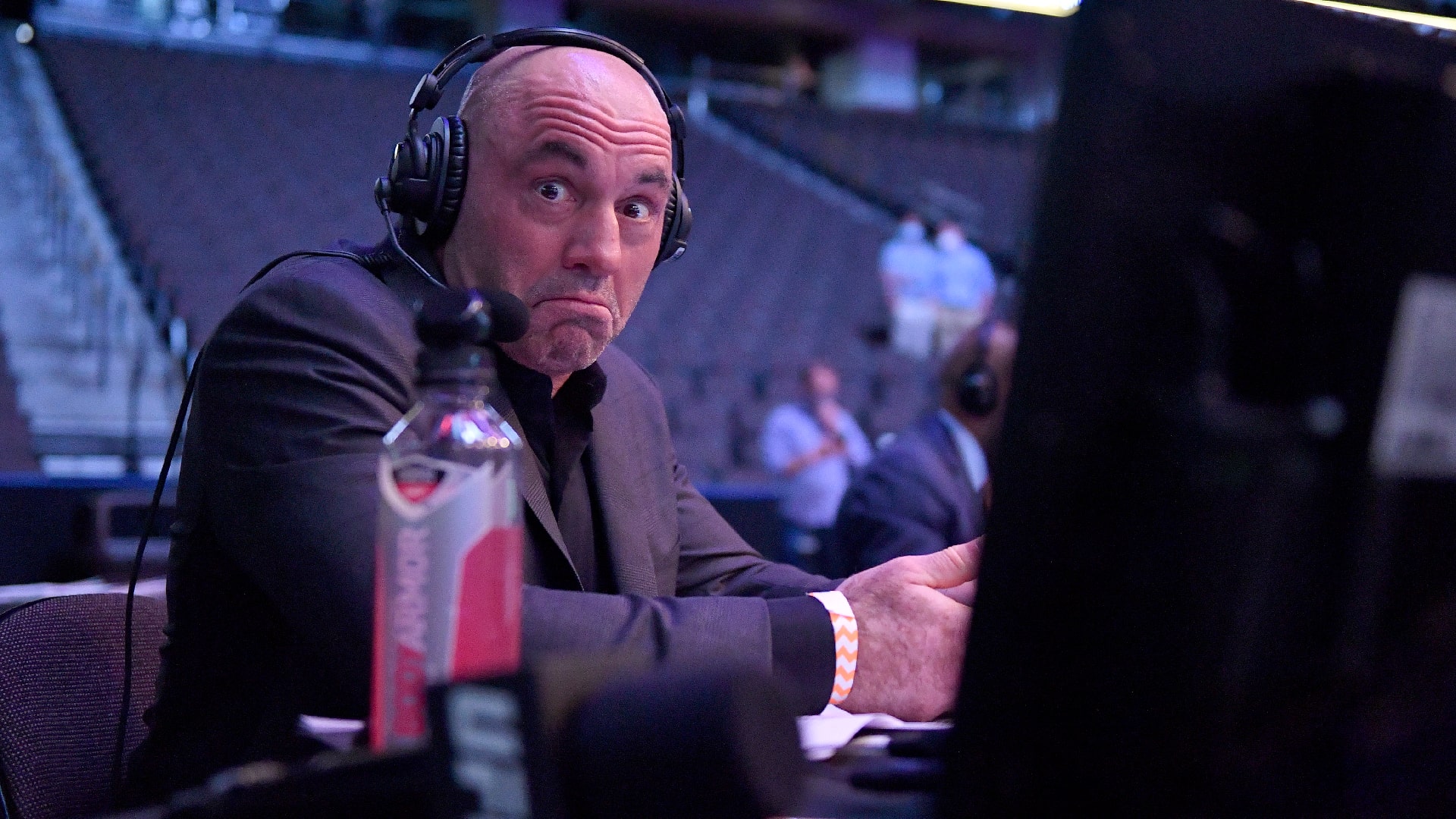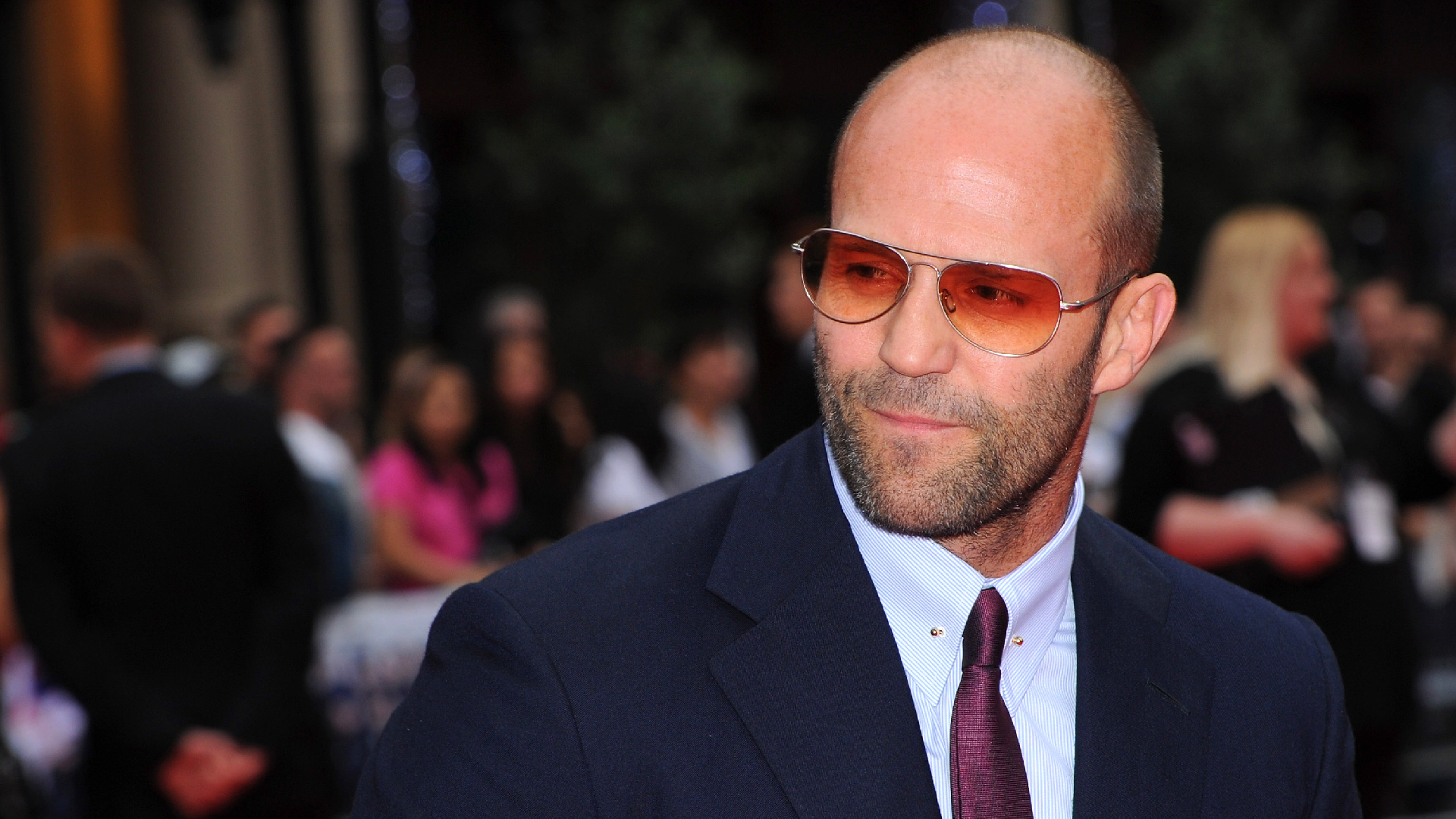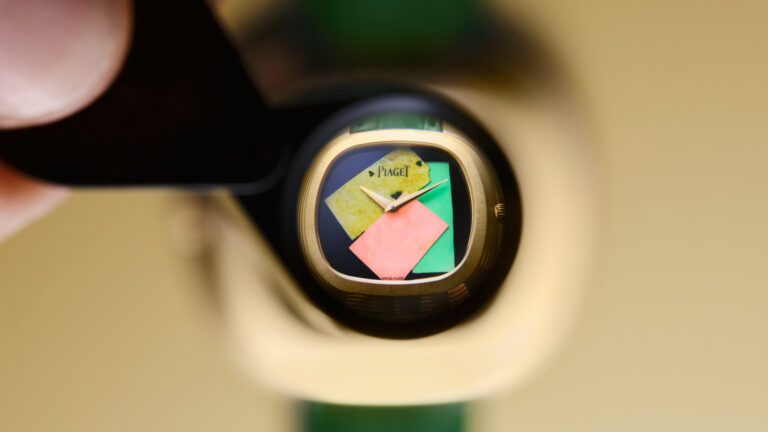- The developing “miracle drug” PP405 from Pelage Pharmaceuticals doesn’t just rescue hair follicles, it revives dormant ones.
- Approximately 30-50% of men by the age of 50 are impacted by male androgenetic alopecia, also known as male pattern baldness (the most common type of hair loss).
- In the 2a clinical trials, 31% of those treated with advanced baldness experienced a hair density increase by 20% or more by around the eight-week mark.
Despite the remarkable strides made in every other facet of modern living, bar the odd laser helmet or other dubious contraptions of that ilk, hair loss prevention tools have largely remained stuck in the past.
Minoxidil (brand name: Rogaine) and finasteride (brand name: Propecia) have been on the market for decades without a complete guarantee of success; their associated spin-offs compounded at different strengths can also deliver unwanted side effects. Surgical hair transplants, on the other hand, have been around for a century – though both the availability and quality of results have obviously varied.
But the follicly-challenged is now bracing for a potential revolution as rumblings of a new innovation make their way out from the labs of Pelage Pharmaceuticals and into mainstream consciousness.
This possible miracle drug, which has been informally styled as hair loss’ answer to Ozempic, is codenamed PP405. And from early clinical trial results, it’s poised to be a game-changer for bald men around the world – hence why it’s managed to raise over US$30 million so far, led by Alphabet’s Google Ventures.
RELATED: Do You Have A Receding Hairline — Or Is It Just “Maturing”?

Essentially, androgenetic alopecia (more commonly known as pattern baldness) gradually shrinks hair follicles until they begin producing thinner and shorter “vellus” hairs instead of thick and healthy “terminal” hairs. Left untreated, these follicles can eventually become dormant and cease production of hair altogether.
Where minoxidil and finasteride attempt to “rescue” these struggling follicles before they reach that point of no return – either by increasing blood flow or blocking the conversion of testosterone – PP405 reactivates follicles that have shut down by reprogramming stem cells and “flipping the metabolic switch” to promote hair growth.
In other words, this drug lets the lifecycle start all over again as opposed to applying bandaid measures on what’s left, and apparently without any side effects. A key benefit of being topically applied, thereby avoiding systemic exposure via the bloodstream.
So far, the clinical trials have been eyebrow-raising. In June, Pelage Pharmaceuticals – founded and helmed by a trio of respected UCLA professors William Lowry, Heather Christofk, and Michael Jung, who named PP405 after the Los Angeles freeway that connected them all to campus – formally published the results of its Phase 2a trials.
While this round was intended to evaluate safety rather than efficacy, over the course of just a month, participants actually began growing hair again: 31% of those treated with advanced baldness experienced a hair density increase by 20% or more around the eight-week mark.
For context, mainstay remedies like the aforementioned minoxidil and finasteride don’t typically yield visible results until around six months of consistent use.
RELATED: 5 Common Mistakes Blokes Make With Their Hair (And How To Easily Fix Them)

“We were blown away,” Qing Yu Christina Weng, Pelage’s chief medical officer, told Intelligencer.
“After just four weeks, you wouldn’t expect any separation between the treatment group and the placebo group. And not only were they growing new hair where there wasn’t any before, it wasn’t peach fuzz or baby hair – it was proper, thick, terminal hair.”
Weng suspected the participants who didn’t meet the 20% hair-density threshold within the eight-week window would have got there given a little more time.
As promising as this all sounds, PP405 still has a way to go before it can be officially stamped with FDA approval. Phase 3 trials are currently scheduled to begin in 2026, and if all goes to plan, it could hit the market by an estimated year or two thereafter. Even then, it may require a bit more time until it’s cleared to wash up on domestic shores.
Hang in there, fellas. There’s hope for you yet.
















